To date, Vietnam has 9 heritages recognized by UNESCO as World Natural and Cultural Heritages, including 5 Cultural Heritages, 3 Natural Heritages and 1 Mixed Heritage.
 |
Ha Long Bay. (Photo: Minh Duc/VNA) |
At 5:39 p.m. local time (9:39 p.m. September 16, Vietnam time), in Riyadh, Saudi Arabia, the 45th session of the UNESCO World Heritage Committee approved the nomination dossier, recognizing Ha Long Bay-Cat Ba Archipelago (in Quang Ninh province and Hai Phong city) as a World Natural Heritage.
Thus, up to now, Vietnam has 9 heritages recognized by UNESCO as World Natural and Cultural Heritages, including 5 Cultural Heritages, 3 Natural Heritages and 1 Mixed Heritage.
1. Hue Monuments Complex - World Cultural Heritage in 1993
On December 11, 1993, the Complex of Hue Monuments was officially listed as a UNESCO World Heritage Site. This is the 410th Heritage Site on the List and the first World Heritage Site of Vietnam to be honored.
The Hue Monuments Complex has 29 relic sites scattered across Hue city, Huong Tra town, Huong Thuy town and Phu Vang district (Thua Thien-Hue province) with nearly 500 construction items mainly made of wood.
 |
Hue Imperial City. (Photo: Tuong Vi/VNA) |
For nearly 400 years (1558-1945), Hue was the capital of 9 Nguyen Lords (16th-18th centuries) in Dang Trong, the capital of the Tay Son Dynasty (late 18th century), and then the capital of the unified nation under 13 Nguyen Kings (1802-1945).
The ancient capital of Hue today still preserves tangible and intangible cultural heritages containing many values symbolizing the intelligence and soul of the Vietnamese people.
2. Ha Long Bay - World Natural Heritage in 1994, 2000
In 1994, Ha Long Bay was recognized by UNESCO as a World Natural Heritage for its aesthetic value and was re-recognized for the second time, with outstanding global geological and geomorphological value in 2000.
 |
The golden sunlight covers the towering mountains in the middle of the sea, creating a majestic and overwhelming scene of Ha Long Bay. (Photo: Pham Hau/VNA) |
The area recognized by UNESCO as a World Heritage Site has an area of 434km2, including 775 large and small limestone islands - this is one of the original elements constituting the heritage value, managed and preserved according to the Law on Cultural Heritage, Law on Environmental Protection; Convention for the Protection of World Cultural and Natural Heritage; Regulations on Management, Protection and Promotion of the Value of the World Natural Heritage of Ha Long Bay.
To become a World Natural Heritage as it is today, Ha Long Bay has gone through a geological history of nearly 400 million years with the process of accumulating thick limestone layers, sinking many times and being eroded by sea water.
3. My Son Relic Site (Quang Nam) - World Cultural Heritage in 1999
Although heavily damaged by time and war, what remains in My Son still plays an extremely important role in the world's historical, cultural, architectural and artistic heritage.
Started in the 4th century by King Bhadravarman (reigning from 349-361) and completed in the late 13th and early 14th centuries, under the reign of King Jaya Simhavarman III (Che Man), My Son is a complex of more than 70 temples and towers with many architectural and sculptural styles representing each historical period of the Champa kingdom.
 |
My Son Temple Complex was recognized by UNESCO as a World Cultural Heritage. (Photo: VNA) |
Most of the architectural works and sculptures at My Son are influenced by Hinduism.
Most of the temples and towers face the East - the direction of the rising Sun, the abode of the gods; except for a few towers facing the West or both East and West, expressing the thoughts of the kings towards the afterlife after they were deified and to show their nostalgia for their ancestors.
The main temples at My Son worship a set of Linga or an image of the god Siva - the protector of the Champa kings.
The god worshiped at My Son is Bhadravarman, the king who founded the first royal line of the Amaravati region in the 4th century combined with the name of the god Siva, becoming the main belief in worshiping the god-king and royal ancestors.
4. Hoi An Ancient Town - World Cultural Heritage in 1999
Hoi An in the late 16th and early 17th centuries was a metropolis, with bustling trade on the wharf and under boats.
Many foreign merchants from Japan, China, England, France, Portugal, the Netherlands... came here to set up trading posts, do import-export business and make a living.
Therefore, Hoi An style is a combination of elements, indigenous styles with styles originating from foreign countries.
 |
Domestic and foreign tourists visit Hoi An ancient town. (Photo: VNA) |
Along with many ups and downs of history, the ancient town of Hoi An still retains its most ancient beauty.
This is a relic complex that is almost completely preserved with 1,360 relics including 1,068 ancient houses, 11 ancient wells, 38 clan churches, 19 pagodas, 43 shrines, 23 communal houses, 44 special ancient tombs and a bridge.
This makes Hoi An a unique place in the annals of modern history.
5. Phong Nha-Ke Bang (Quang Binh) - World Natural Heritage 2003, 2015
Phong Nha-Ke Bang is located in a limestone mountain area of about 201,000 hectares.
The core area of the national park is 85,754ha and a buffer zone of 195,400ha.
The characteristics of this national park are limestone formations, 300 caves, underground rivers and rare flora and fauna listed in the Vietnam Red Book and the World Red Book.
 |
Phong Nha Cave is beautiful, magical and majestic. (Photo: VNA) |
Having undergone many major changes in stratigraphy and geomorphology, the terrain of this area is extremely complex. Phong Nha-Ke Bang displays impressive evidence of the Earth's history, helping researchers understand the geological history and topography of the area.
On July 5, 2003, at the 27th session, the World Heritage Committee (UNESCO) recognized Phong Nha-Ke Bang National Park of Vietnam as a World Natural Heritage with the criteria of outstanding global value in geology and geomorphology.
6. Thang Long Imperial Citadel - World Cultural Heritage 2010
At the Thang Long Imperial Citadel, in addition to some existing structures on the ground such as the Flagpole, Doan Mon, Dragon Threshold of Kinh Thien Palace, Hau Lau, North Gate..., there are also a large number of architectural vestiges revealed through archaeological excavations that are preserved in situ.
 |
Tourists visit Thang Long Imperial Citadel. (Photo: Thanh Tung/VNA) |
The relics of different cultural layers overlapping each other are evidence that this was an important political and cultural center of our country from Van Xuan citadel in the 6th century, Tong Binh citadel, An Nam citadel in the 7th-9th centuries, the capital of Dai Viet through the Ly, Tran, Le, Nguyen dynasties from the 11th-19th centuries.
The artifacts and architectural ruins found also show a system of massive palaces and attics; at the same time, they add important knowledge to the understanding of traditional Vietnamese architecture and fine arts.
7. Ho Dynasty Citadel (Thanh Hoa) - World Cultural Heritage 2011
Although not the only structure in the country and region with stone architecture, the Ho Dynasty Citadel is an "unprecedented" demonstration of unique and different construction techniques.
 |
The North Gate of Ho Dynasty Citadel was built in an arched style, with stones arranged like grapefruit segments. (Photo: VNA) |
The entire wall and four main gates of the Ho Dynasty Citadel were built in an arched architecture with green stone slabs, meticulously carved, square, and stacked tightly on top of each other.
The stone slabs are on average 1.5m long, 1m thick, and weigh 15-20 tons.
The gates are named after four main directions: South gate, North gate, East gate, West gate (also known as: Front, Back, Left, Right).
8. Trang An Scenic Landscape Complex (Ninh Binh) - Mixed Heritage 2014
With outstanding values in terms of aesthetics, landscape, geology, geomorphology and prehistoric settlement traditions, Trang An Scenic Landscape Complex was recognized by UNESCO as a World Cultural and Natural Heritage in June 2014, becoming the first mixed World Heritage in Vietnam. In particular, this place has many scenic relics ranked as special national relics.
 |
The Trang An scenic complex is blessed with limestone mountains winding around a peaceful river, sacred relics and a rich and rare flora and fauna. (Photo: Minh Duc/VNA) |
The Trang An scenic complex is blessed with limestone mountains winding around a peaceful river, sacred relics and a rich and rare flora and fauna. (Photo: Minh Duc/VNA)
International geologists consider Trang An to be one of the places with the most beautiful and charming karst tower landscapes in the world, an “outdoor geological museum” over 250 million years old, along with primeval forests with many rare species of animals and plants.
The limestone blocks of Trang An are likened to a "fossil" Ha Long Bay, unique in that they have been invaded and transformed by the sea many times, and over a long period of weathering have emerged on land, creating unusually beautiful landscapes.
Coming to Trang An, the most interesting thing is to immerse yourself in nature, with fresh air and quiet space.
The harmony of rocks, rivers, forests and sky at Trang An together create an extremely vivid and charming natural world.
The whole view of Trang An is covered by lush green forests and majestic cone-shaped towers nearly 200m high, with narrow closed depressions, surrounded by interconnected mountain ranges, and swamps connected by an underground stream system up to 1km long.
9. Ha Long Bay-Cat Ba Archipelago (Quang Ninh and Hai Phong city) - World Natural Heritage 2023
Ha Long Bay-Cat Ba Archipelago is recognized by UNESCO as a World Heritage Site because of its areas of natural beauty including limestone islands covered with vegetation; limestone peaks rising above the sea level along with related karst features such as domes and caves.
 |
Cat Ba archipelago seen from above. (Photo: VNA) |
For Ha Long Bay, this is the third time it has been recognized as a World Natural Heritage.
Previously, in 1994, Ha Long Bay was recognized by UNESCO as a World Natural Heritage for its aesthetic value and was re-recognized for the second time, with outstanding global geological and geomorphological value in 2000./.
According to Vietnam+ (Vietnam News Agency)
.
Source

































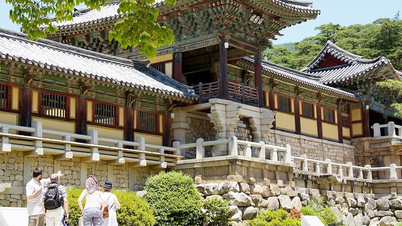
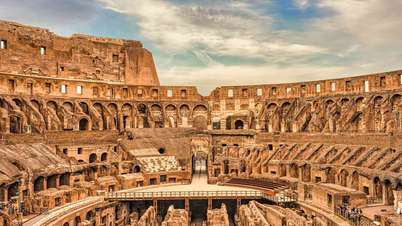






























































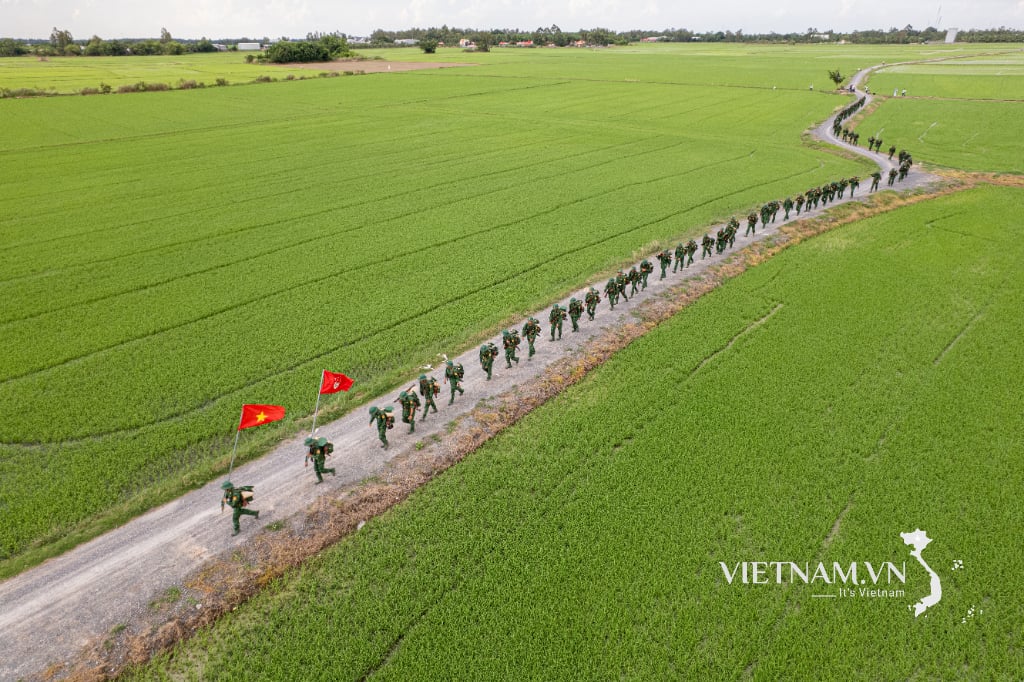
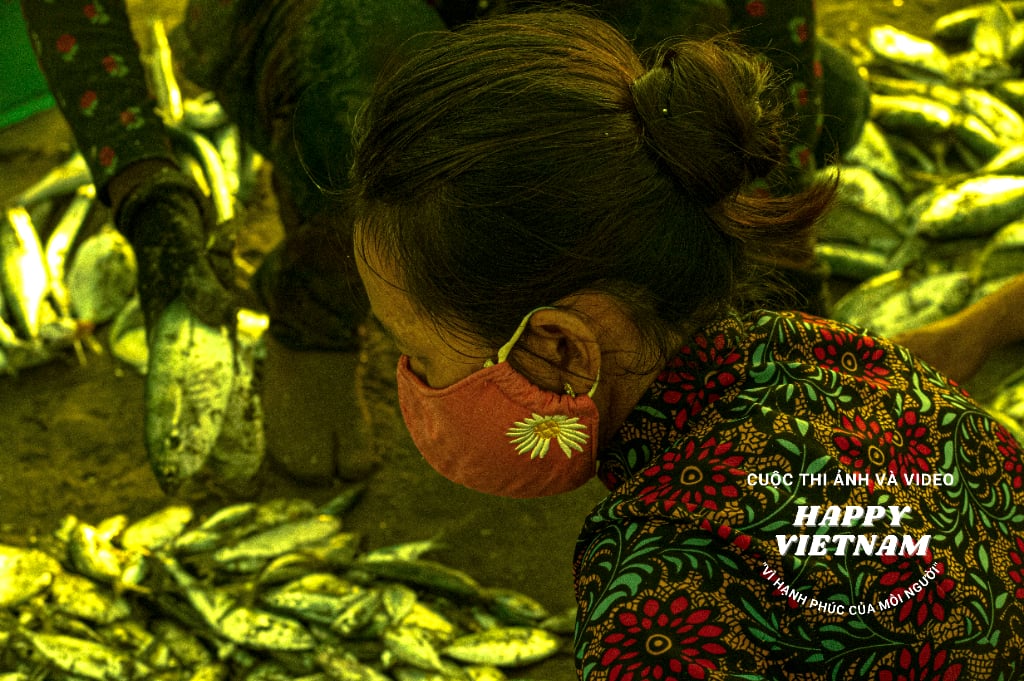
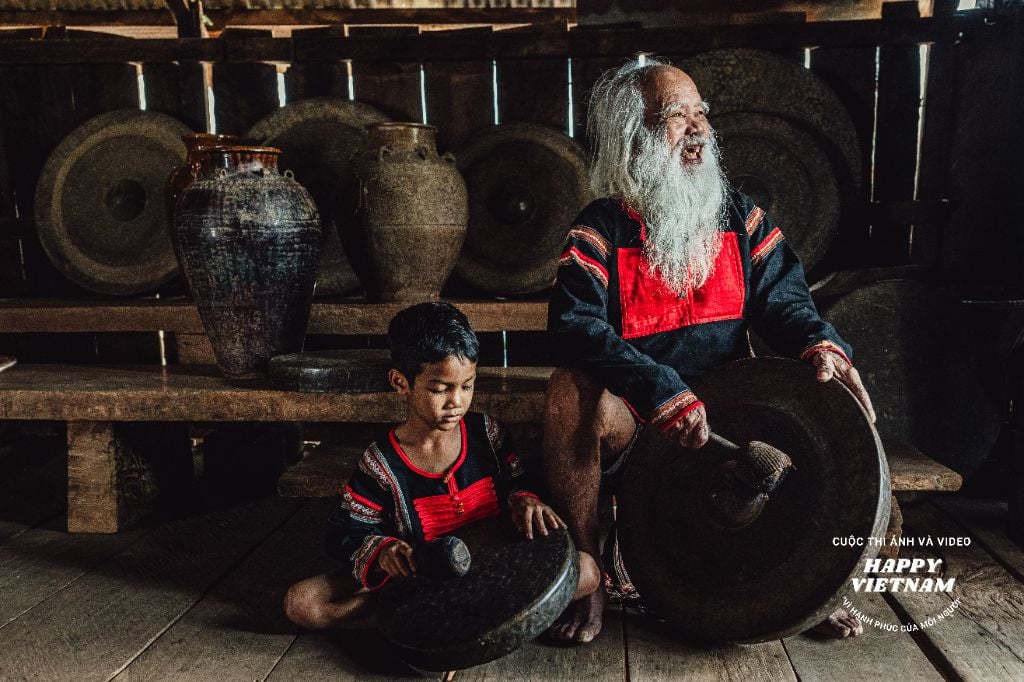
Comment (0)